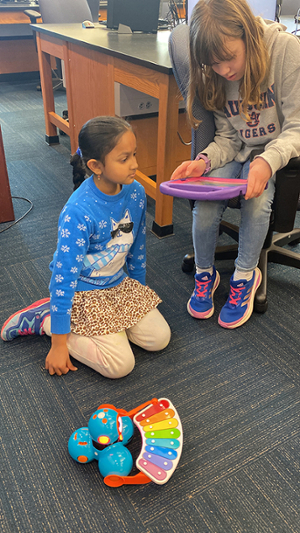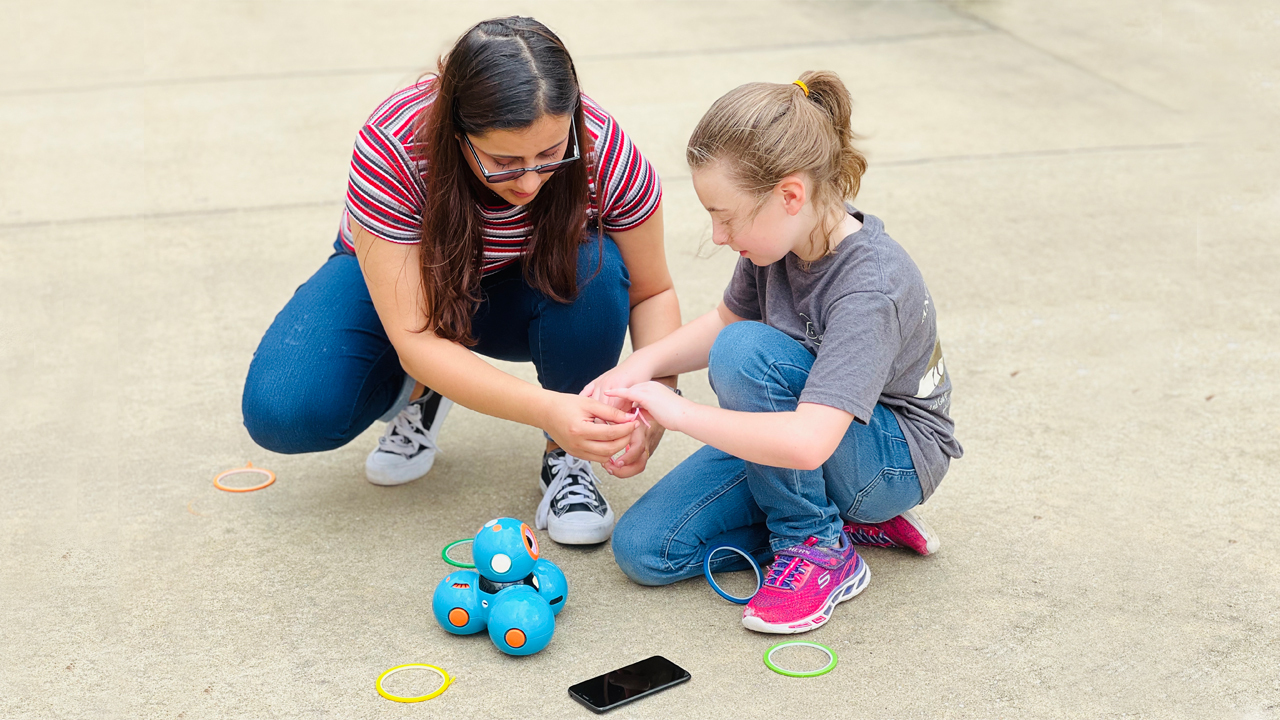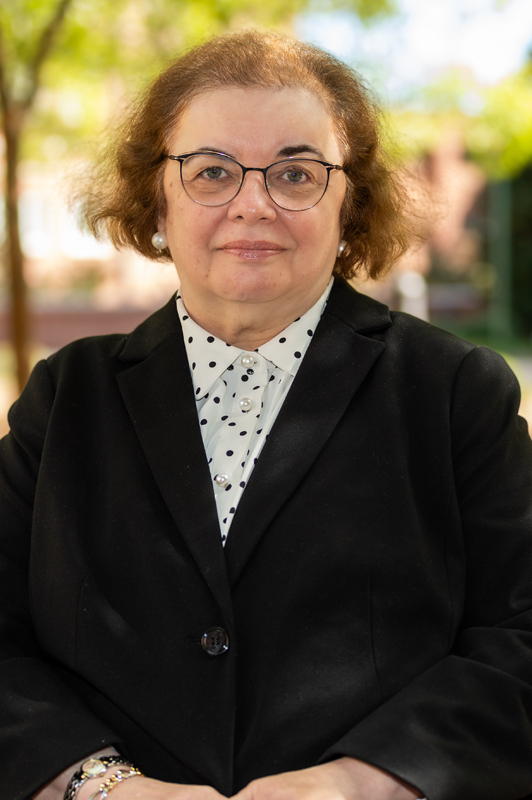CSSE faculty, students develop children's computer, music skills in harmonious mix
Published: Mar 8, 2023 3:25 PM
By Joe McAdory
Can you program a robot to play popular tunes on a xylophone? Twenty children in Auburn University’s Computer Science and Arts for All program know how.
The students, grades 3 through 5, not only developed computer science skills in this special five-Saturday program, but also learned the fundamentals of music – then harmoniously blended the disciplines.
“If you want to build a pipeline for engineering, you have to start at an early age,” said Daniela Marghitu, director of Auburn University’s Education and Assistive Technology Laboratory and professor in computer science and software engineering (CSSE). “Young children’s brains are like sponges. They are so eager to learn, and these children are having fun doing it!
“These kids have so much potential. It’s our responsibility to reach out to them and provide them with the opportunities so they can make the most of their abilities. We must continue to look deep and explore new ways to educate them. These kids aren’t coming here to play games and videos. We’re here to develop games and videos.”
Whereas science, technology, engineering and mathematics (STEM) are often regarded as educational cornerstones, Marghitu made one tiny edit to the acronym. “There is what I call STEAM, which is science, technology, engineering — the arts — and mathematics. Art is the foundation of computing. It’s mathematics, right? Music is also a science. Many researchers and scientists are building on this to connect art and technology.”
Marghitu, who has directed special computer science outreach programs at Auburn, starting 20 years ago with the Computer Literacy Academy, has a special love for music. But it wasn’t until her PhD student and accomplished musician, Fatemeh Jamshidi, expressed a desire to earn a doctorate in computer science and master’s degree in music that both sciences could be blended into a program.
“It’s funny how people with common passions come together,” Marghitu said of Jamshidi, who, along with fellow CSSE PhD student Prashamsa Pandey, assist Marghitu with the program and in the laboratory.

Under Marghitu’s supervision, Pandey and Jamshidi designed a curriculum to enhance students’ abilities and interests in STEAM courses and careers while promoting creativity and communication skills. Here, students were introduced to basic programming concepts like sequencing, algorithms, events, functions, and making loops by repeating measures of music.
“We utilized the Xylo app, Dash robots, and Dash's xylophone attachment as our learning resources, eventually writing code using Blockly programming language,” Pandey said. “Our curriculum included music lessons on steady beats, notes, and rhythm patterns in music, along with using interactive Dash robots with attached xylophones to play and create music using programming concepts.”
During the lessons, students learned to program the robots to play a rhythm pattern and dance to other specific patterns while coding dance moves for the robot to perform. Before diving into programming, the students were introduced to coding concepts such as loops, events, algorithms, and sequences –even machine learning/artificial intelligence.
“I want the students to be able to express themselves with something close to their hearts,” Marghitu said. “If you do something close to your heart, then you’re going to be motivated. When children have fun, they don’t realize how hard they are working.”
Another aspect of the program are the parents, Marghitu said, as it’s intriguing to watch them marvel at their children.
“I hear them say, ‘Wow, I never thought my child could do that,’” she said. “This makes my day. It’s very important to support children’s passion for science, especially those from underrepresented communities. When parents come and see their children doing something special and convince other children to do that, what could be more magical?
“These kids have so much potential. It’s our responsibility to reach out to them and provide them with the opportunities so they can make the most of their abilities. We must continue to look deep and explore new ways to educate them. These kids aren’t coming here to play games and videos. We’re here to develop games and videos.”
Media Contact: , jem0040@auburn.edu, 334.844.3447
Prashamsa Pandey, a graduate student in CSSE, helps a young girl prepare her robot.


